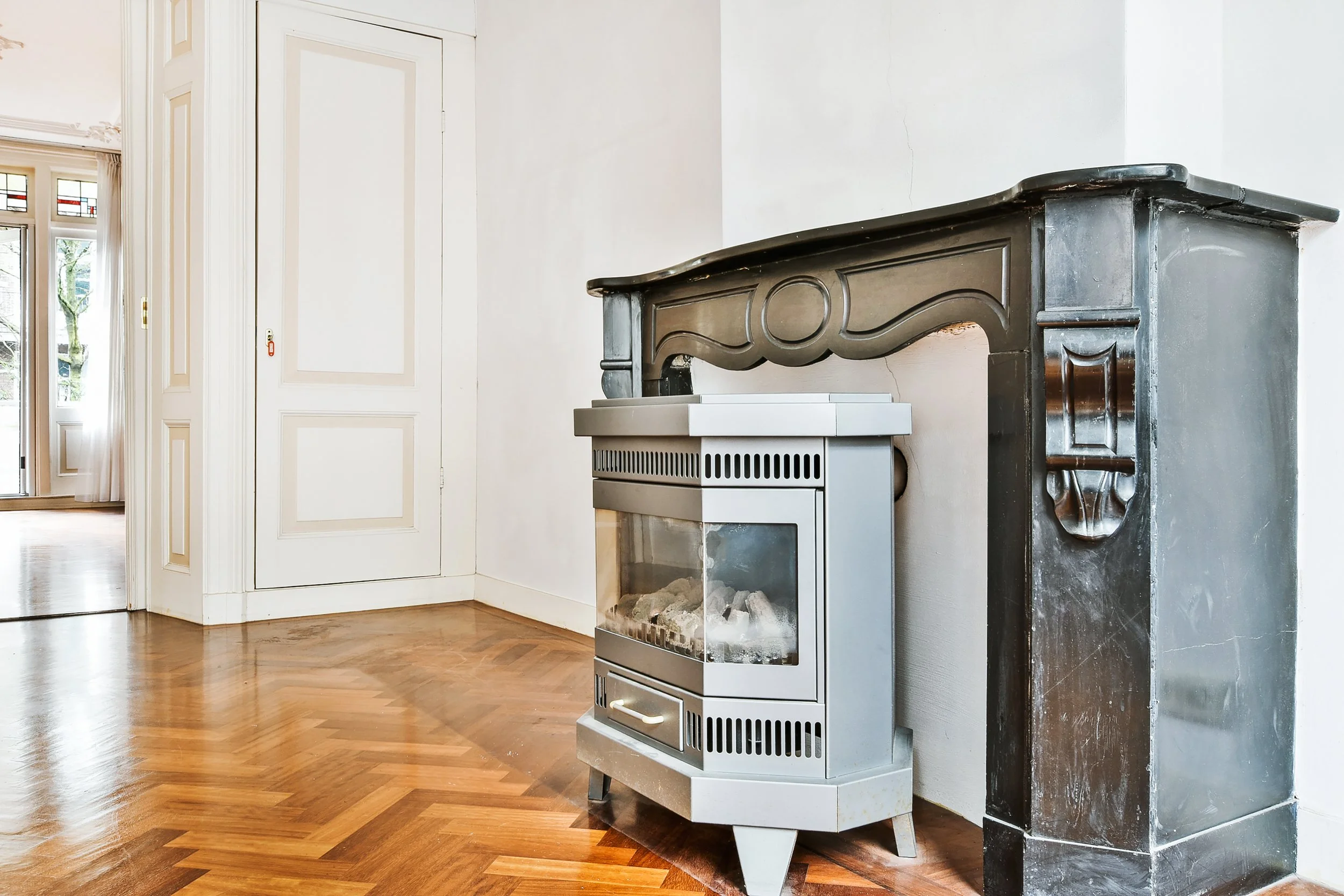Maintaining Historic Value
If you have ever walked through a historic neighborhood and admired its weathered buildings, you know the past has a charm of its own. Old houses tell us a story about the history and aesthetics of another time. To be classified as historic, though, a building has to meet certain requirements and be handled with care. Not doing the job properly destroys the value of the home and makes it difficult to fix.
Whether you live in a home that has historical significance now or one that might in the future, you need to know how to make authentic changes and repairs. We will guide you through the steps.
What makes a home historic?
Of course, historic buildings must be old, but age is not enough to qualify them for the historic label. They must also meet three criteria:
They must have historic importance.
They must be at least 50 years old.
They must be the work of a respected architect or represent a significant architectural style.
Even then, not all old buildings are worthy of restoration. It helps if they are listed on the National Register of Historic Places or if they are part of a historic district listed on the National Register of Historic Places.
What are the main approaches to protecting historic buildings?
The U.S. Department of Interior lists four ways to save historic buildings: preservation, rehabilitation, restoration, and reconstruction.
A restoration returns a building to its original era and removes elements of all other periods. A preservation maintains the condition and architectural features in their original form. A rehabilitation changes or adds on to the building. A recreation replicates missing features to make the house like it was in its original state.
5 tips to restore a historic home
Study the architecture and styles of the era, and use them to recreate the look.
Find your home's story with historic records, census reports, and old newspapers.
Be true to the history and original architecture. Use authentic colors and fabrics.
Use original materials when possible, or replace them with non-intrusive reproductions.
Don't let technological upgrades change the atmosphere. Work them in subtly.
The benefits of restoring a home
In a world of climate change, restorations are friendlier to the environment than new buildings. There is less waste and less need for building materials, and renovations usually make the homes more energy efficient and easier to maintain. A historic preservation or restoration increases the value of the home and makes the neighborhood more appealing. Everybody benefits when historic homes are restored and preserved.
When restoring a historic property, it's important to find the right contractor to ensure that the restoration is done correctly. A company like Prime Custom can help. For more information on home restoration, follow TheHomeMag on Facebook and Instagram.

